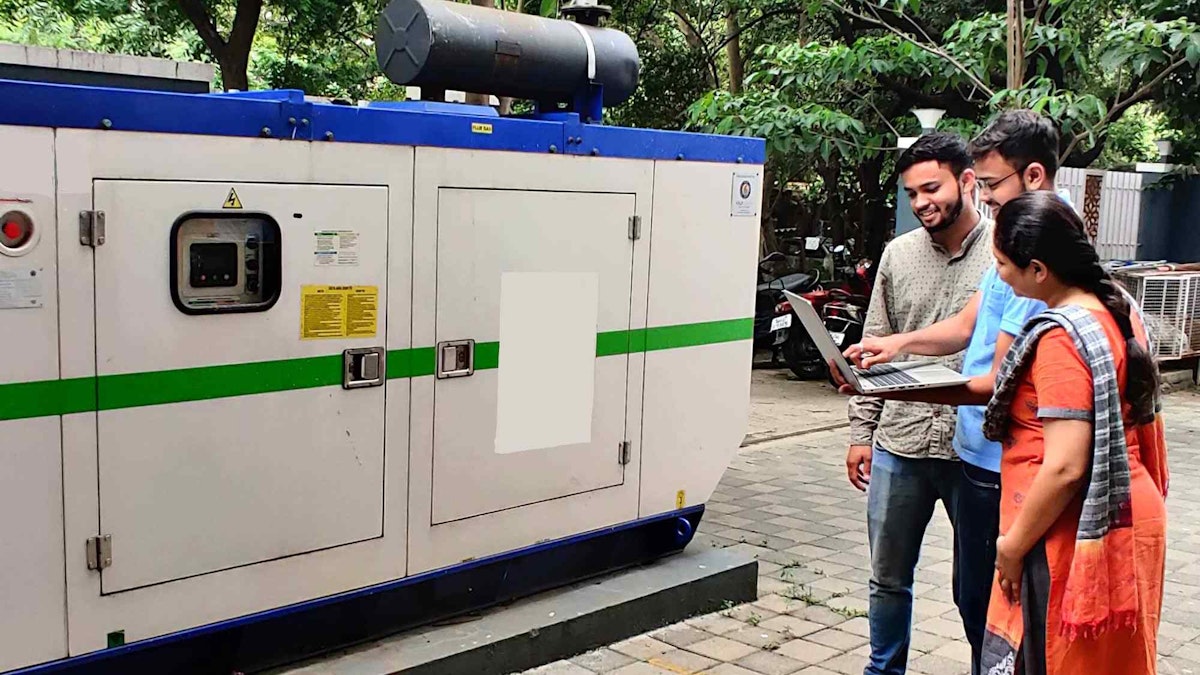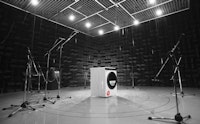Table of contents
Browse categories
Browse authors
 AB
ABAlberto Boffi
 AL
ALAlessia Longo
 AH
AHAl Hoge
 AB
ABAljaž Blažun
 BJ
BJBernard Jerman
 BČ
BČBojan Čontala
 CF
CFCarsten Frederiksen
 CS
CSCarsten Stjernfelt
 DC
DCDaniel Colmenares
 DF
DFDino Florjančič
 EB
EBEmanuele Burgognoni
 EK
EKEva Kalšek
 FB
FBFranck Beranger
 GR
GRGabriele Ribichini
Glacier Chen
 GS
GSGrant Maloy Smith
 HB
HBHelmut Behmüller
 IB
IBIza Burnik
 JO
JOJaka Ogorevc
 JR
JRJake Rosenthal
 JS
JSJernej Sirk
 JM
JMJohn Miller
 KM
KMKarla Yera Morales
 KD
KDKayla Day
 KS
KSKonrad Schweiger
Leslie Wang
 LS
LSLoïc Siret
 LJ
LJLuka Jerman
 MB
MBMarco Behmer
 MR
MRMarco Ribichini
 ML
MLMatic Lebar
 MS
MSMatjaž Strniša
 ME
MEMatthew Engquist
 ME
MEMichael Elmerick
 NP
NPNicolas Phan
 OM
OMOwen Maginity
 PF
PFPatrick Fu
 PR
PRPrimož Rome
 RM
RMRok Mesar
 RS
RSRupert Schwarz
 SA
SASamuele Ardizio
 SK
SKSimon Kodrič
 SG
SGSøren Linnet Gjelstrup
 TH
THThorsten Hartleb
 TV
TVTirin Varghese
 UK
UKUrban Kuhar
Valentino Pagliara
 VS
VSVid Selič
 WK
WKWill Kooiker
ISO 8528 Certification of Diesel Generators: Noise, Vibration, and Temperature Measurements

Carsten Frederiksen && Tanmay Deshpande (application manager) and Harshal Khonde (NVH application engineer)
Welan Technologies
April 8, 2023
The last decade has seen a large-scale growth in the requirement of uninterrupted power supply for industries, residential, commercial complexes, educational institutions - and most critically, hospitals. At many of these locations, standby power is provided by diesel-generator (DG) sets.
A large Indian manufacturer of diesel generator sets for residential, commercial, and special applications uses a Dewesoft data acquisition solution to meet specified certification standards for sound, vibration, and temperature to release their products in the market.

As per the norms of the Indian Central Pollution Control Board (CPCB) diesel generator sets (DG) shall comply with noise standards of less than 75 dBA and has to be tested following the ISO 8528 standard for noise level. These generators are manufactured with acoustic enclosures to get optimum performance of noise level and power.
International rating standard
The standard regulation for any diesel generator sets to be approved for sound, vibration, and temperature measurement is ISO 8528. This standard defines various classifications for the application, rating, and performance of generating sets consisting of a Reciprocating Internal Combustion (RIC) engine, an Alternating Current (AC) generator, and any associated control gear, switchgear, and auxiliary equipment.
ISO 8528-6:2005 is defining test methods for engine-driven generating sets, the general test requirements as well as a functional test and an acceptance test. Functional tests must always be done and usually occur at the manufacturer's factory.
The standard defines six types of ratings:
Emergency Standby Power (ESP)
Prime Power (PRP)
Limited-Time Running Power (LTP)
Continuous Power (COP)
Data Center Power (DCP)
Maximum Power for Low-Power Generating Sets (MAX) (Less than 12kWe)
The criteria determined are the annual run-time expectation, load variability, and load factor.
The classifications in ISO 8528-1:2005 are intended to help align the generator set manufacturer and customer by providing customers a common basis on which to compare generator set ratings from different manufacturers.
Therefore, the canopy enclosure is the main component of the industrial diesel generator set and engine performance is dependent on the canopy. To get optimum performance of the canopy, designers mainly need to juggle between the diesel generator sound levels and temperature.
The efficiency of the diesel generator set is directly dependent on the acoustic enclosure and various parameters like inlet temperature, ambient temperature, canopy in/out temperature, radiator, water in/out temperature, vibration, and sound levels.
Product certification of diesel generators
Headquartered in Pune, the Detroit of India, the industrial engineering company, Welan Technologies was founded by a group of technical experts with solid industry experience. They are at the forefront of providing technological solutions to the industry in the field of sound, vibration, static and dynamic transducers, test and measurement equipment, and analysis systems.
Our client is one of the largest manufacturers of diesel generator sets in residential, commercial, and special applications. The company adheres to international standards by acquiring and adapting the latest technologies along with in-house R&D. It manufactures diesel generator sets ranging from 3 KVA to 1000 KVA. With any capacity of diesel generator sets specified certification standards are met. Only after certification, the generator sets are viable to be sold in the market.
Dewesoft data acquisition products provide an operative solution for a quick measurement of diesel generator set parameters. In this case, we used the DEWE-43A and KRYPTON data acquisition systems.
DEWE-43A is an 8-channel data logging system and was used for microphone and accelerometer inputs and KRYPTON 8-channel for thermocouple inputs. The included DewesoftX software is easy to set up and very interactive. There are various design options to set the communicative monitor screen.
The defined parameters of interest are:
Sound Power,
Temperature measurement,
Engine Inlet temperature,
Canopy In temperature,
Ambient temperature,
Alternator In/Out,
Radiator Water In/Out temperature,
Canopy Out temperature,
Delta T - the difference of temperature between two measuring points in time and/or position, and
Vibration above and below AVM (Anti-Vibration Mounting).
The main application is to measure these parameters simultaneously and only at a particular interval of time and different loads. The regulations for the measurement of the diesel generator set parameters suggest continuous monitoring of the temperature, the vibration at the engine mounting, and noise measurement.
Measurement setup
For measurement, in this case, 17 sensors were used; including eight thermocouples, one vibration sensor, and six free-field microphones for noise measurement. As per the requirement of the client, continuous monitoring of sound, vibration, and temperature data was needed. So, the measurement of all the above parameters has to be done after 1 minute. The instruments and sensors used for this particular measurement are listed below.
Data acquisition system setup
DEWE-43A - 8 Channel Data Logging System
KRYPTON 8×TH - 8 Channel temperature inputs
DEWE-43A is a versatile USB data acquisition system with universal analog inputs, digital counter inputs, and a dual CAN bus interface. It is suitable for various dynamic data acquisition applications.
KRYPTON is a rugged and distributed data acquisition module with an EtherCAT interface for analog and digital I/O and IP67 degrees of protection. KRYPTON DAQ modules come in various configurations spanning from small single-channel units up to bigger 16-channel units for temperature, voltage, current, IEPE/ICP, and strain gauge signals.
Sensors and transducers
6x Free field microphone
1x Piezo-resistive vibration sensor
1x K-type thermocouple
7x J-type thermocouple
Measurement and analysis software
DewesoftX data acquisition software
DSA (Digital Signal Analyzer) software option
Sound Power software option
DewesoftX software can acquire, store, visualize and analyze data from analog, digital, CAN, GPS, video, serial, and many other data sources. The latest version of the software is named DewesoftX.
Measured parameters
Channel setup in the software
The following recording parameters were set in the DewesoftX software channel set-up:
Triggered condition: Fast on triggered
Sampling rate: 5000 S/channel
Reduced Rate: 0.2 s
Number of channels: 15
Temperature measurement
Apart from basic temperature measurements, we have added simple Math in the DewesoftX software. We wanted to measure the Leaving Air Temperature (LAT) and Delta T, the difference between the two temperatures: Canopy temperature and ambient temperature.
As per standard, the Delta T value should be less than 7 degrees Celsius. Using DewesoftX software during the measurement, we have set the alarm indicator from a design.
Noise measurement
In the standard, different numbers of noise measurement points are defined concerning the canopy size of the generator set. These points are measured in dB(A) value with equivalent continuous sound level (Leq) mode and the final result is calculated with a logarithmic average of all points. This we have set up with arithmetic functions for calculating final averaged results.
Vibration measurement
In the diesel generator set, the engine and alternator assembly are set up with Anti Vibration Mounting (AVM) to avoid the transfer of vibration to the floor. Transmissibility of vibration is calculated to check the isolation of the mounting by measuring the vibrations below and above AVM. This is calculated by using the Dewesoft ‘Math’ function.
Measurement and analysis
The measurement screen is set up to see all the standard measured parameters like temperature, vibration, noise, and customized parameters which were added from the math function.
Sound power measurement
Noise Emissions standards from Outdoor Equipment (2000/14/EC), the EU Noise Emissions Directive is a CE Marking Directive that applies to the list of 57 types of equipment mentioned in articles 12 & 13 of the directive, including generator sets.
As per CE standard, if an Indian manufacturer wants to export generator sets to any EU country, they need to comply with sound power as per ISO 3744 standard. We have utilized the Dewesoft Sound Power solution to set up the microphone positions as per standard. The sound power setup is less time-consuming and incorporated with all standards of sound power.
ISO 3744:2010 specifies methods for determining the sound power level or sound energy level of a noise source. This is done from sound pressure levels measured on a surface enveloping the noise source.
The machinery or equipment under test is placed in an environment that approximates an acoustic-free field near one or more reflecting planes. The sound power level - or, in the case of noise bursts or transient noise emission, the sound energy level - produced by the noise source, in frequency bands or with frequency A-weighting applied, is calculated using those measurements.
There is a predefined measurement setup for the sound power measurement, where we have to select the ISO standard, geometry, number of microphones, and their positions and correction factor according to ISO standard.
The Sound Power Level (Lw) of the diesel generator and related Sound Pressure Level (SPL) was measured. As per standard, we can also add a background noise correction factor and a metrological correction factor by the easy-to-use guided interface.
Conclusion
The real-time measurement and signal conditioning, as well as data storing at triggered events, was successful for this particular 15 KVA diesel generator set. It seems the equivalent noise level in dBA is on the higher side with a small margin. The expected value is less than 75 dBA. The averaged value is matching with the calculated results. Temperature measurement and LAT value were below an acceptable limit.
Including setup time, sensor mounting, and measurement with the particular triggered conditions, everything was completed in one hour. The overall experience to use Dewesoft hardware and software is quite less time-consuming, easy to set up, easy to measure, and most importantly very sophisticated analysis options were provided by DewesoftX software with the customizable displays.
A report was readily generated for the particular triggered time intervals as per measurement requirements and with respect to loading conditions.
In the generator industry, following the performance, the most important product feature is the quality of the generated energy. This can be assessed by several energy analysis parameters and easily tested with the Dewesoft power analysis software.
More information:
